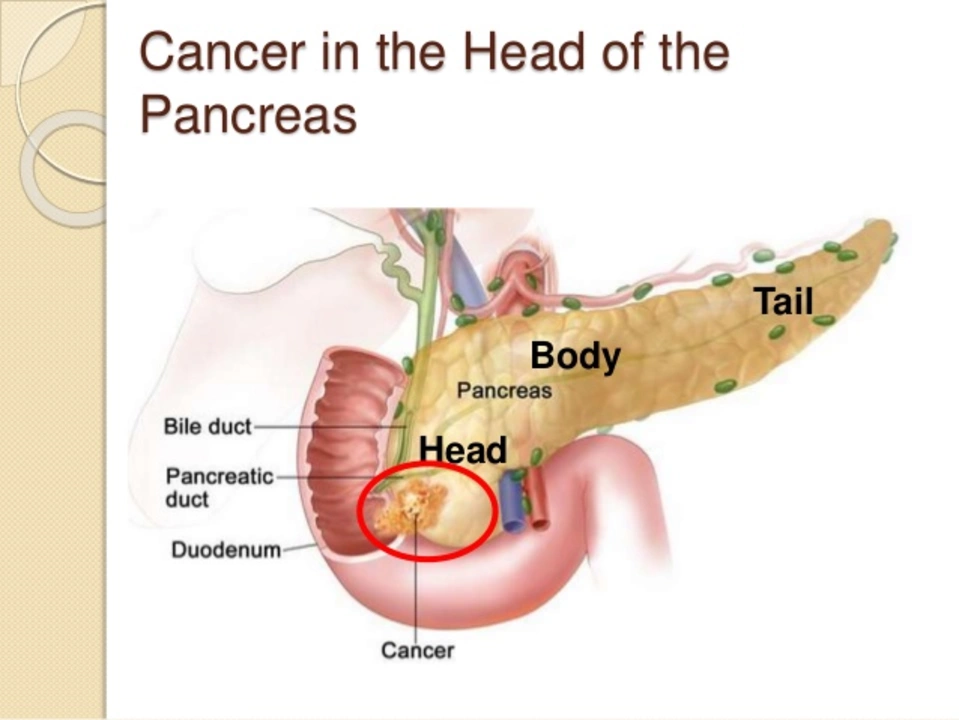Understanding Pancreatic Cancer: What You Need to Know
Pancreatic cancer is one of the toughest cancers to detect early because its symptoms often don’t show up until the disease has progressed. This cancer starts in the pancreas, an organ that helps with digestion and blood sugar regulation. Knowing the early signs and risk factors can make a big difference in catching it sooner.
Symptoms That Might Raise a Red Flag
Common early symptoms include persistent abdominal or back pain, unexplained weight loss, loss of appetite, and jaundice (yellowing of the skin and eyes). Sometimes, people notice darker urine or lighter stools. These signs aren’t exclusive to pancreatic cancer but should never be ignored, especially when they last for weeks.
Since symptoms often overlap with less serious conditions, if you or someone you know experiences these signs continuously, it's a smart move to see a doctor promptly for a proper checkup.
How is Pancreatic Cancer Diagnosed and Treated?
Doctors often use imaging tests like CT scans and MRIs to look at the pancreas when they suspect cancer. Blood tests might check for tumor markers, but getting a tissue sample through a biopsy is usually necessary to confirm the diagnosis.
When it comes to treatment, options depend on the stage of cancer. Surgery offers a chance for cure if detected early, though not everyone is eligible. Chemotherapy and radiation help control growth and improve quality of life when surgery isn’t possible. New research is looking into targeted therapies and immunotherapy, offering hope for better outcomes.
Living with or after pancreatic cancer can be challenging, so it’s important to have a healthcare team you trust and clear support from loved ones. Regular checkups and knowing what symptoms to watch for can make dealing with this disease a bit more manageable.
If you want to learn more or check the latest advances in pancreatic cancer research and treatments, keep exploring trusted health resources for updates designed to empower your healthcare decisions.
